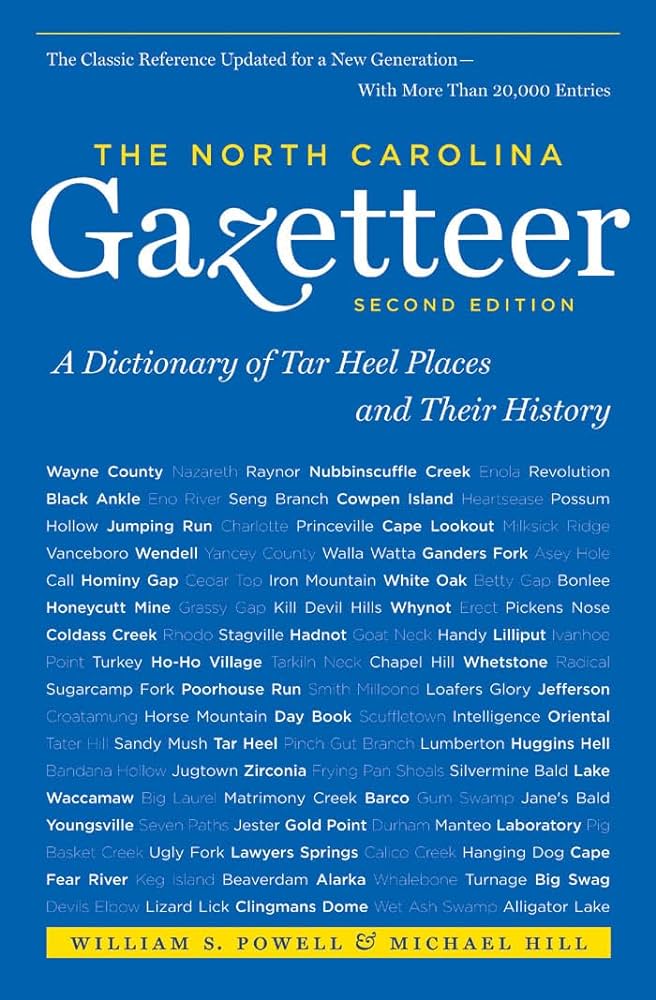|
was formed in 1752 from Johnston, Bladen, and Granville Counties. Located in the central section of the state, it is bounded by Durham, Chatham, Alamance, Caswell, and Person Counties. It has long been said that the county was named for William III (1650-1702) of the House of Orange, who ruled England from 1689 to 1702. However, in 1752, when the county was formed, the infant William V (1748-1806) of Orange was Stadtholder, and his mother, Anne, daughter of George II of England, controlled affairs of state. It seems reasonable to assume that Orange County was named in honor of William V of Orange (and perhaps also to flatter his grandfather, George II of England) instead of for William III, who had been dead for 50 years. Area: 398 sq. mi. County seat: Hillsborough, with an elevation of 543 ft. Townships are Bingham, Cedar Grove, Chapel Hill, Cheeks, Eno, Hillsborough, and Little River. Produces corn, tobacco, wheat, oats, dairy products, barley, poultry, livestock, hogs, textiles, furniture, pyrophyllite, and crushed stone.
|
